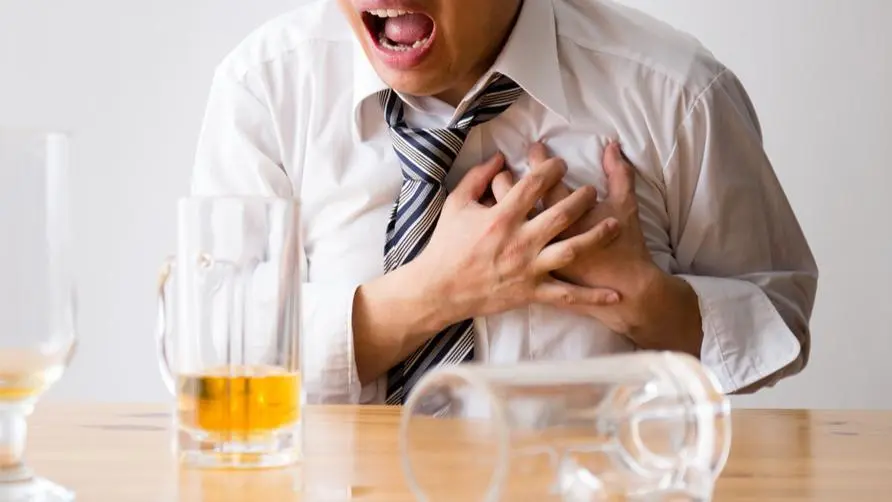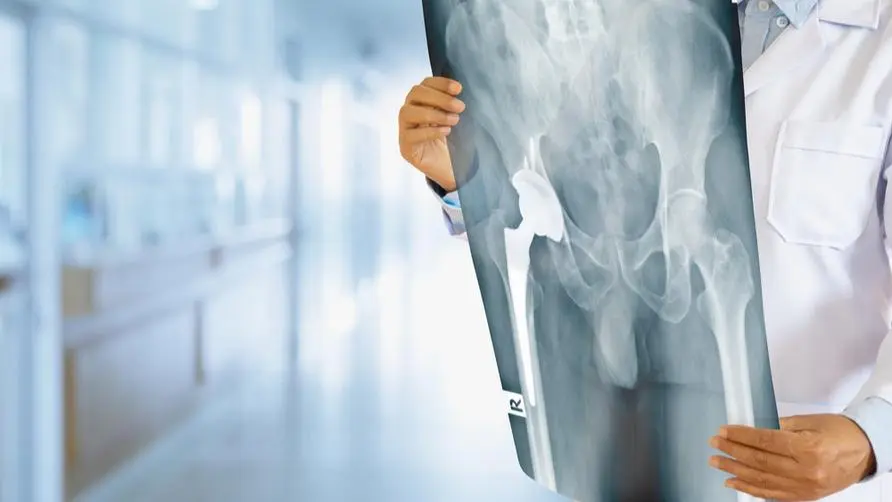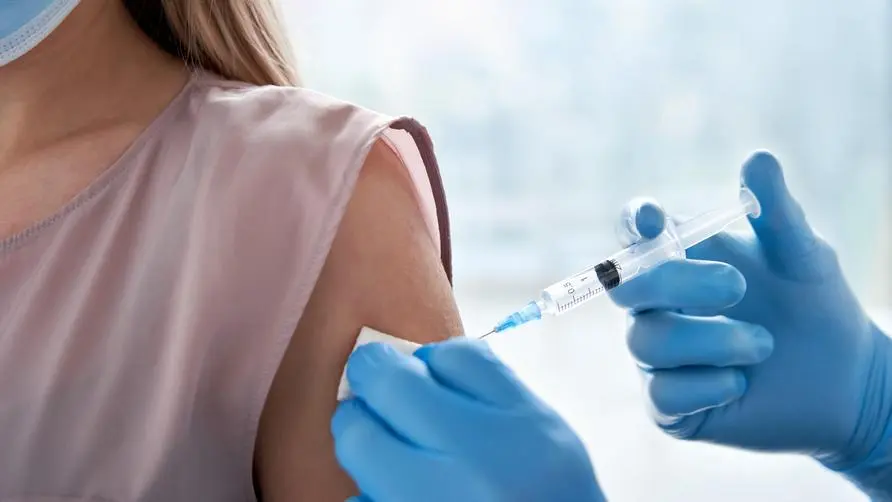COVID-19 affects "human body oxygen consumption"! Exercise doesn't help recovery? Doctor: Equivalent to physical fitness "aging 15 years"

Since the outbreak of the epidemic, many people have suffered from the sequelae of “Long Covid”. Because the symptoms are widespread and complex, involving the respiratory system, cardiovascular system, cranial nervous system, etc., it is difficult to have a set of objective measurement standards to determine whether a patient is infected with the disease. However, according to research in the authoritative medical journal “JAMA”, it is shown that the values of patients with COVID-19 who undergo cardiopulmonary exercise testing (CPET) are indeed different from those of healthy normal people.
COVID-19 affects the human body’s “maximum oxygen consumption”. Doctor: It’s equivalent to physical fitness “aging 15 years”
Dr. Jiang Guanyu, an attending physician at the Department of Integrated Medicine, Taipei City Hospital Zhongxing Branch, posted on the social media that a recent study published in JAMA conducted a comprehensive review and analysis of 38 past documents and found that when patients with COVID-19 were tested for CPET, “the maximum The average oxygen consumption value will be 4.9 mL/kg/min lower than before the infection, which is equivalent to a loss of 1.5 units of metabolic equivalent (MET).
“The author of the study stated that human physical fitness will decrease by 1 MET every 10 years on average as people age. And the 1.5 MET lost by COVID-19 is not equivalent to being 15 years older?”
Dr. Jiang Guanyu further explained that normal people over 20 years old, men and women, need a maximum oxygen consumption value of at least 35 and 25 mL/kg/min respectively. If it is less than 25, it may affect work. Calculated based on the fact that 1 MET is approximately equal to the oxygen consumption of 3.5 mL/kg/min, suffering from COVID-19 can easily cause drastic changes in the lives of people with weak physical strength, which may affect their work and even make it impossible to complete ordinary household chores.
Can COVID-19 symptoms be relieved within half a year? Exercise doesn’t help speed recovery?
In addition, the literature collected by the team also includes cases with symptoms consistent with hospitalization and cases of continued rehabilitation in clinics. Among them, 1,228 people had symptoms consistent with COVID-19 symptoms 3 to 18 months after infection, and 714 people had reduced exercise ability. Most of them had a decrease in maximum oxygen consumption between 45 and 60 days after infection, with an average decrease of 4.9 mL/kg/min.
“Similar to patients with chronic fatigue syndrome, these COVID-19 patients with reduced exercise capacity will also experience post-exercise malaise (PEM; symptoms relapse or worsen after exercise).” Dr. Jiang Guanyu said that if you suffer from COVID-19, the amount of exercise Excessive exercise or deliberately increasing the amount of exercise will not only not help improve symptoms, but may make post-exercise discomfort more serious.
“However, fortunately, the maximum oxygen consumption value is not irrecoverable.” Dr. Jiang Guanyu said that according to the literature, the CPET value of the subjects from 2-3 months to 6 months increased from an average of 18.0 to 20.5, but Still lower than the 28.1 in the control group. In addition, after 5 months of the study, it was found that the maximum oxygen consumption values of young athletes with symptoms improved, which was associated with symptom relief. In addition, previous literature also found that after 8 weeks of cardiopulmonary recovery, the maximum oxygen consumption value increased from 17.8 to 20.5 mL/kg/min.
Why does COVID-19 affect the body’s oxygen consumption? Research reveals 3 key factors
Dr. Jiang Guanyu revealed that CEPT has actually tested the impact of Hong Kong SARS on cardiopulmonary function in the past. Traditionally, it has also monitored many patients with physical deterioration due to cardiovascular disease and HIV, as well as patients with various chronic fatigue syndromes. The main author of this study is a cardiologist at the University of California, San Francisco and UCSF. The pathogenesis of COVID-19 is as follows:
The endothelial function of blood vessels is disrupted, affecting oxygen delivery.
Mitochondrial dysfunction causes changes in oxygen utilization by muscles.
Any mechanism leading to autonomic nervous system dysfunction.
In the past, testing of people suffering from COVID-19/sequelae symptoms focused on symptoms such as fatigue, brain fog, difficulty breathing, chest pain, and palpitations that are difficult to quantify. The so-called physical deterioration was mostly expressed subjectively in questionnaires. After this study, combined with the efforts of more than 40 reports in 38 papers in the past, the medical community may be able to provide patients with objective COVID-19 assessment criteria and help with future treatment.
“Although this study is the first to objectively measure COVID-19, the results need to be supported by more similar studies,” said Dr. Jiang Guanyu.
Source:
Objective Measurement Standard of COVID-19 - Dr. Jiang Guanyu
Further reading:





